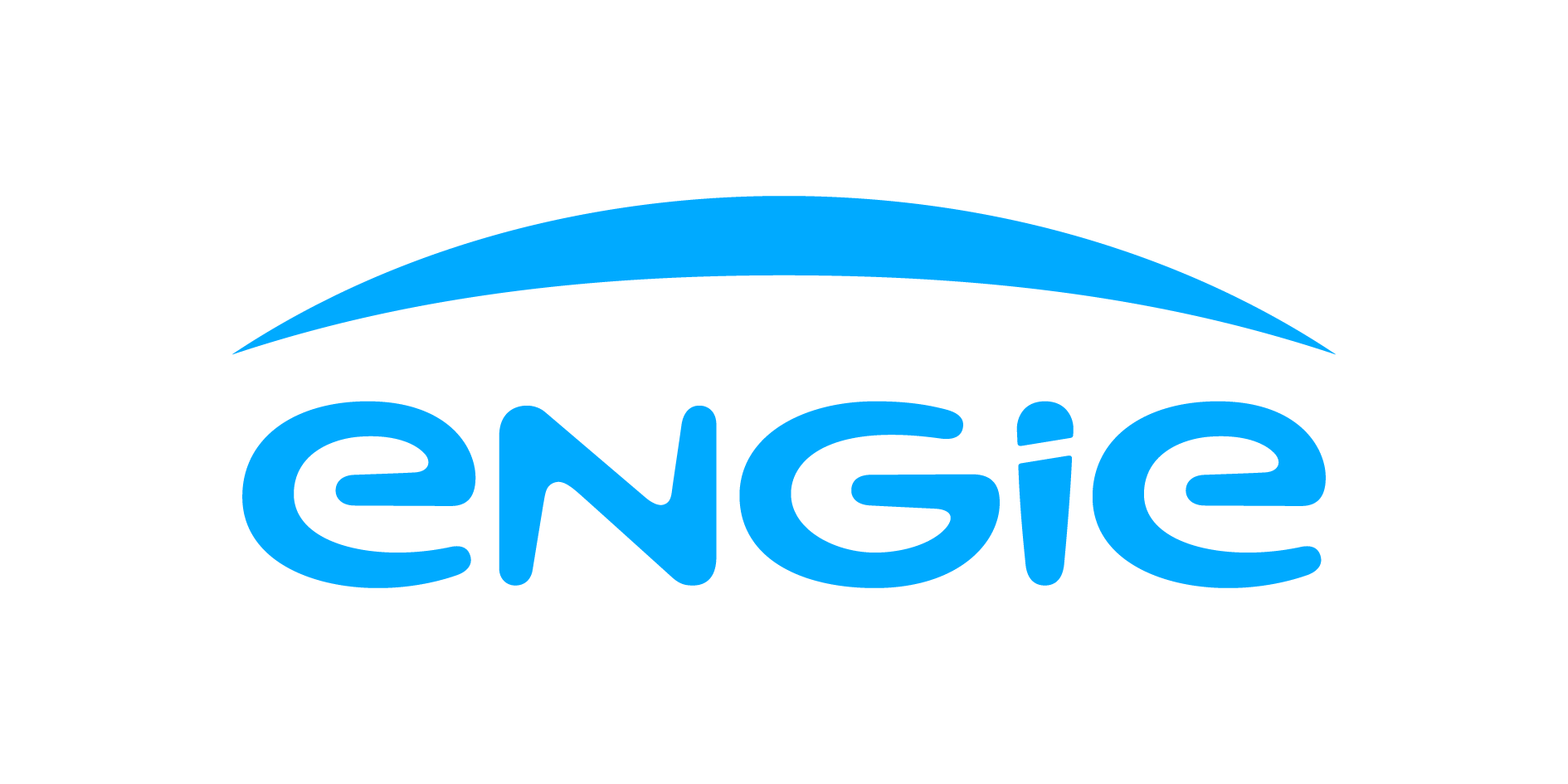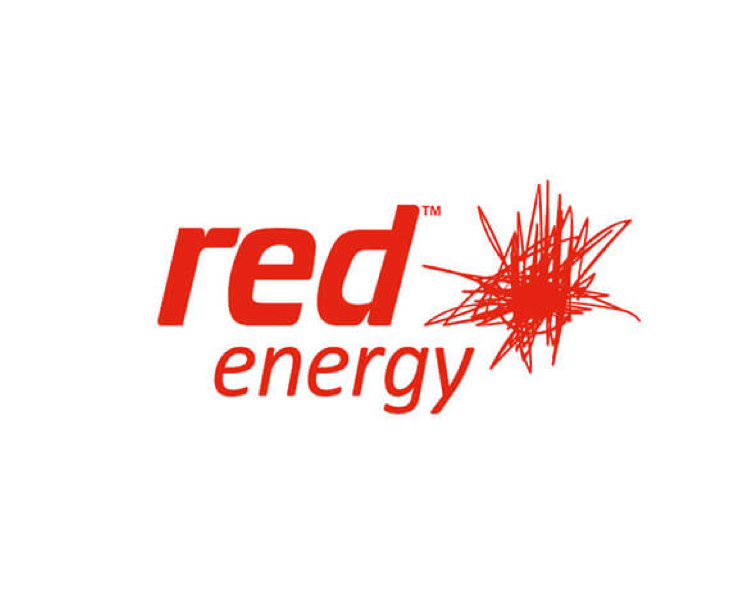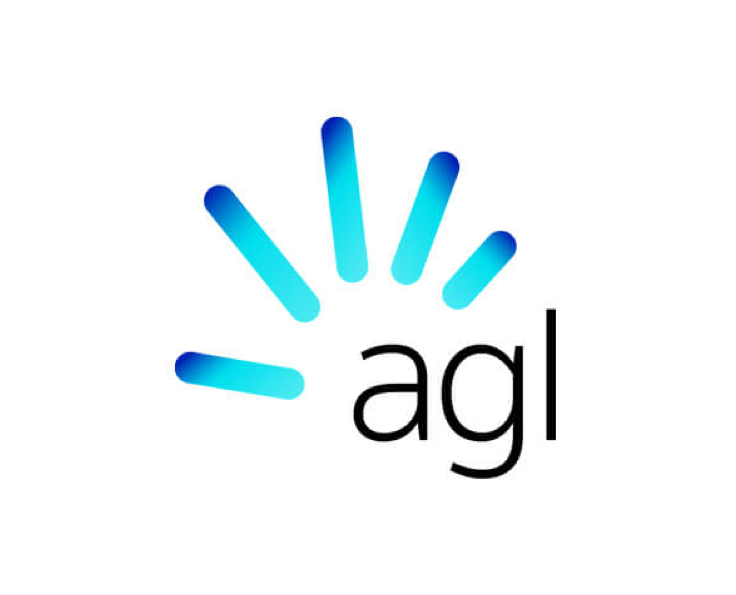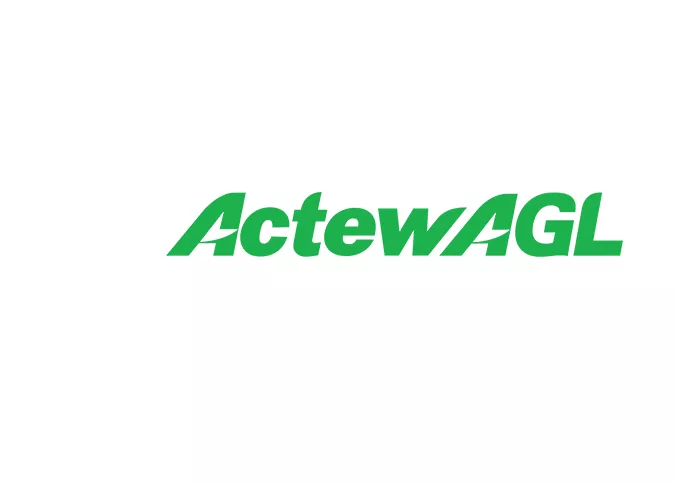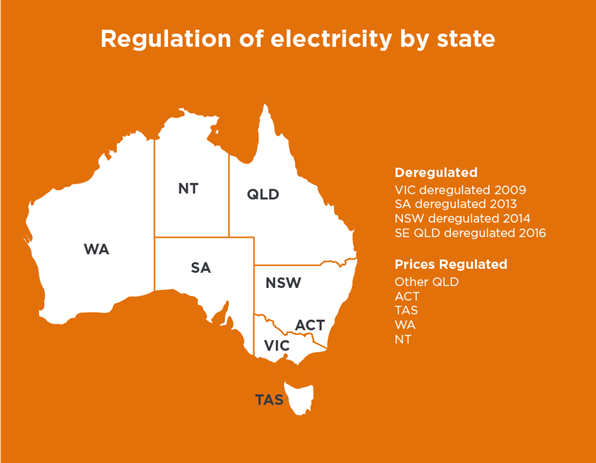See our range of Energy Providers
iSelect does not compare all providers in the market or all products offered by our partners in your area. Not all products or special offers are available to all customers and some may only be available over the phone or on the website. Learn more.
Find a Cheaper Electricity Plan
If your electricity bill is leaving you shocked, it might be time to look for a cheaper Electricity Plan. But where do you start? The key to finding an appropriate Electricity Plan is a tried-and-trusted strategy: comparing Electricity Providers.
How to find a good deal on electricity
Start by getting an idea of your usage patterns and understanding how electricity rates work. So, if you’re ready to jump right in and start comparing a selection of providers, you can use our convenient online platform.
What factors can make my electricity cheaper?
Tariff types
Different Energy Plans can charge you different rates. For instance, some plans have just one rate known as a ‘single rate tariff’. Other plans, known as ‘time-of-use tariffs’, will charge you different rates at different times. These might be cheaper if you tend to use electricity during ‘off-peak’ times.1Energy Made Easy – Which type of tariff is right for you? While we don’t recommend becoming a vampire and living your life in off-peak electricity times, moving to a time-of-use tariff plan could be a way to save. As you’re reviewing your current Energy Plan and comparing other options, take note of the tariff type, not just the price.
Fees and charges
Some plans come with fees and charges that get added to your bill. These can include connection fees when you first connect your property with the Energy Provider, even if you’re an existing customer; late fees if you don’t pay a bill on time; or termination fees if you leave the contract early. Understanding what these charges are and if they’re a factor in the plans you’re comparing will help you avoid any nasty surprises when your bill shows up.
Rate types
Most Electricity Plans offer variable rates: rates which go up and down with the energy market. However, some providers will also ‘fix’ their rates for a set period. These fixed rates will provide some assurance that your electricity charges won’t rise suddenly during the set period. Depending on what your finance habits look like and if you want to take a gamble, variable or fixed rates may be more attractive for you. Knowing how you use electricity at home throughout the year can also help you make this decision.
Discounts
Who doesn’t love getting a bargain? Excitingly, you might be able to grab some discounts on your energy bill. This could be for paying your bills on time or using direct debit. Your Electricity Provider might offer discounts for signing up to their Energy Plans online, as well as receiving all bills via email rather than the post. So, keep those eyes peeled for any of these discounts, including what conditions they have attached.
If you ever have any questions about your electricity bill and how the total amount due was calculated, be sure to check in with your provider. They can explain why it may be different to what you were expecting.
Frequently Asked Questions
Why is electricity so expensive?
There’s a bunch of different reasons why electricity in Australia can cost a fair packet, even in places where prices are regulated. How much it costs to generate, transmit, distribute, and sell the energy all make up the overall electricity price.1Economic Regulation Authority – Switched On: Energy Consumers Guide
Surprising no-one, inflation is also a big culprit. It’s made the building costs for transmission and distribution systems more expensive, and it’s made the operational costs for retailers bigger too.2ABC News – Why are electricity prices rising in July? How can I cut costs? Your energy questions answered
How does the energy market work in Australia?
The energy market works a bit differently depending on which state or territory you live in. Some locations have private companies that generate the electricity which Energy Retailers then sell to customers as part of the national electricity market (also known as the NEM). This is the case if you live in Victoria, Queensland, New South Wales, the Australian Capital Territory, South Australia or Tasmania.3energy.gov.au – National Electricity Market
However, if you’re living your best in the West, things are a bit different. The majority of residents in WA will be dealing with state-owned companies Synergy and Horizon Power, which generate, distribute and sell electricity.4Government of Western Australia – Electricity industry If you live in the area that the South West Interconnected System (SWIS) operates, you’ll get your power from Synergy.5As above Alternatively, if you’re outside the SWIS, you can technically choose your Electricity Retailer. The catch though is that Horizon Power is often the only option available.6As above
The energy market is different again in the Northern Territory. Electricity is predominantly generated by Territory Generation.7Territory Generation – About Power and Water then distributes this electricity,8Australian Energy Regulator – Power and Water Corporation – electricity distribution network which is sold through Energy Retailers, where applicable.9Power and Water – Electricity Retailers
If you know how your location’s electricity market works you might be able to better manage your expectations when looking for the cheapest electricity available. For instance, if you live in an area where it’s handled by the state government, you may not be able to access a wide range of Electricity Plans. On the flipside, with lots of retailers there’s lots of competition, which can mean cheaper plans.
How do I find cheaper electricity in my state?
Can I get any energy concessions or rebates?
If you need a bit of a hand paying your electricity bills, you may be eligible for concessions or rebates. But these too vary depending on where you live. While the below list isn’t completely comprehensive, it gives you a general idea of what is out there as of September 2023. You can always do your own searching at energy.gov.au as well.
- Victoria
Eligible Victorian households can get a one-off payment of $250 as part of the Energy Bill Relief Fund. To get it though, you’ll need to have the appropriate concession card or already receive certain payments from the government.29Victoria State Government – Help paying your bills
- New South Wales
If you live in NSW, you might be eligible for the Family Energy Rebate. This is a rebate you’ll need to apply for annually to ensure your circumstances still meet the eligible criteria. However, it’s well worth it as you can be credited up to $198 on your electricity bill.30Service NSW – Apply for the NSW Family Energy Rebate (on supply customers)
- South Australia
South Australian households on low or fixed incomes can apply for Energy Bill Concessions via the South Australian Government’s website.31South Australia Government – Energy bill concessions With it you can get up to $263.15 off your energy bills.32As above - Australian Capital Territory
People in the ACT can apply for the Energy Bill Relief Fund so long as they apply before the 30th of September 2024.33ACT Revenue Office – Energy Bill Relief Fund With this fund you can receive up to $175 off your electricity bill. Just bear in mind that it will be broken up into quarterly instalments.34As above - Queensland
Exciting news if you’re a Queenslander: you’re eligible for the Cost of Living Rebate. All Queensland households will receive a one-off $550 rebate on their electricity bills. Plus, you don’t even need to apply for it.35Queensland Government – Cost of Living Rebate for Households However, it’s worth checking if you meet the vulnerable household criteria. You may be eligible to get $700 instead.36As above - Northern Territory
Up North things are even better if you’re eligible for the NT Concession Scheme, which includes concessions on household electricity. You could get as much as $1,200 through this scheme.37Northern Territory Government – Electricity concessions - Western Australia
WA’s Household Electricity Credit payment can be either $400 or $500 depending on your circumstances.38Government of Western Australia – Household electricity credit You need to meet a few different criteria though to be eligible,39As above including getting that application in before the 30th of November 2023.40As above - Tasmania
For folks in Tasmania, you may be able to get some bill relief with the Annual Electricity Concession. Provided you have one of the eligible concession cards, you can get a daily discount of 172.434 cents to help with your electricity bills.41State Revenue Office of Tasmania – Annual electricity concession
New rebates and concessions can pop up as the old ones wind down, so while we try to stay up to date with all the latest developments, it’s a good idea to keep your eyes peeled as well.
Is a flexible Electricity Plan more important than a cheap one?
Unfortunately, there’s no hard-and-fast rule on this one.
An Electricity Plan that doesn’t have a lock-in contract or exit fee gives you some flexibility if you think you may want to switch providers in the near future for any number of reasons. For instance, if you’re planning to move at some point and your current provider won’t be able to reconnect the electricity to your new address. This flexibility may come at a cost though with higher rates.
However, let’s say you sign up to a plan with cheap rates and a fixed term. If the plan works for you, the price remains competitive and nothing unexpected comes up, then it might be worth it. But ‘might’ is the operative word. Unless you can predict the future, it’s not a guarantee.
Ultimately, a good strategy is to balance price and flexibility to get the best of both worlds. You may find a number of competitively priced plans that don’t lock you into a prescribed term, while offering a decent array of options when it comes to tariff types. The trick is to go searching.
Are Gas and Electricity Plans cheaper when bundled?
This comes down to what kind of plans and discounts an Energy Provider offers. Some might be willing to offer gas and electricity bundles at a reduced price, but this doesn’t mean that a bundle will always be cheaper. Heck, in some cases, getting gas and electricity from different providers might be the more cost-effective option while giving you plans that are better tailored to your specific needs.
It’s all about comparing the different options on offer. How do different bundles stack up to separate Gas and Electricity Plans? Are they cheaper? More flexible? Better suited to how you use energy? Be meticulous, do your research and you’ll usually find something that works for you.
Can I get cheaper electricity?
There’s no point sugar-coating it. Rising electricity costs aren’t easy for anyone to deal with. But that’s just one more reason to check out plans from a range of different Electricity Providers. Doing so might help you find a great competitive option that’s better for your needs and your wallet. If you’re keen to see what you may be able to save on electricity, use our online tool to compare plans from a range of providers now.

.svg)




